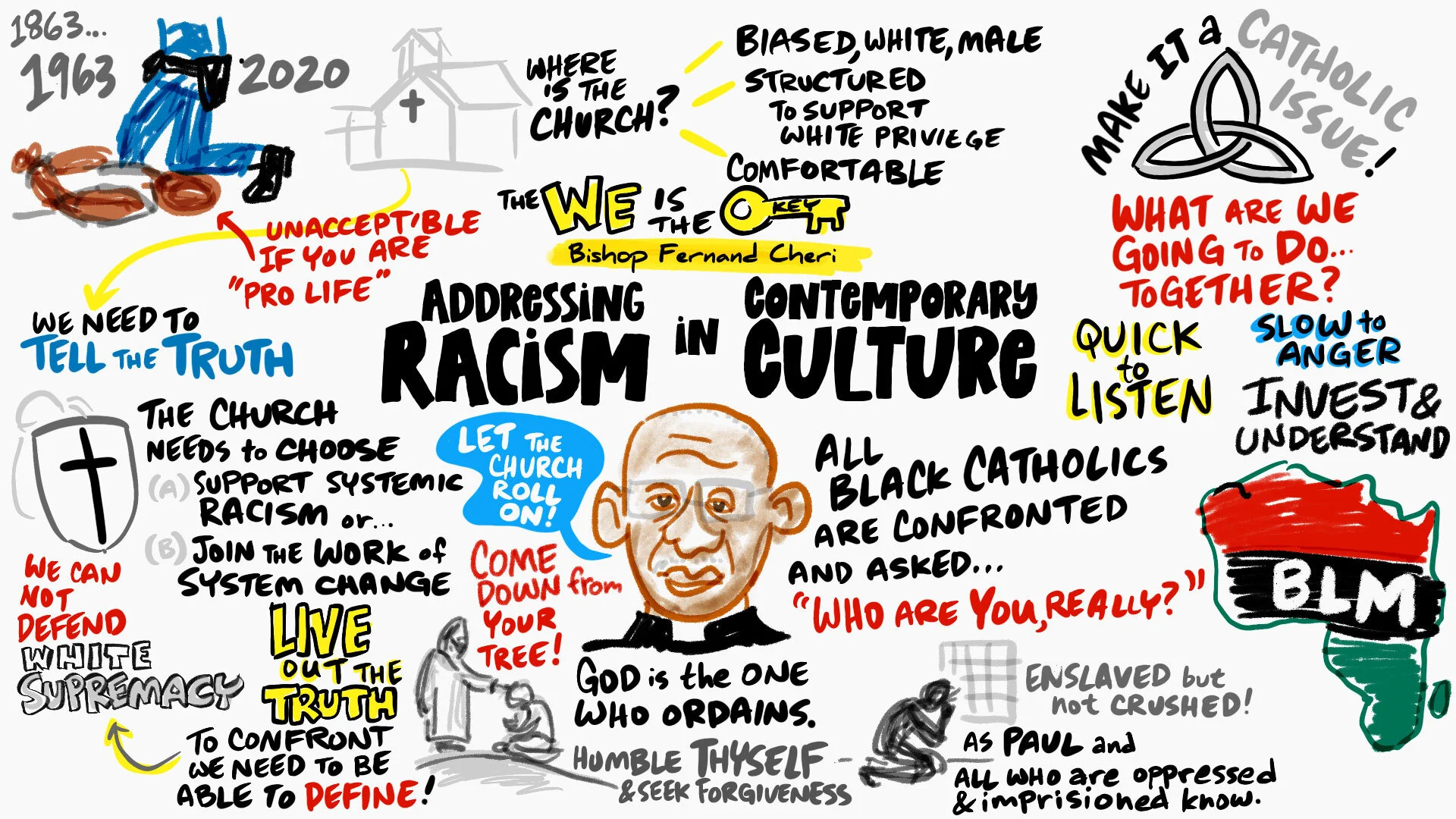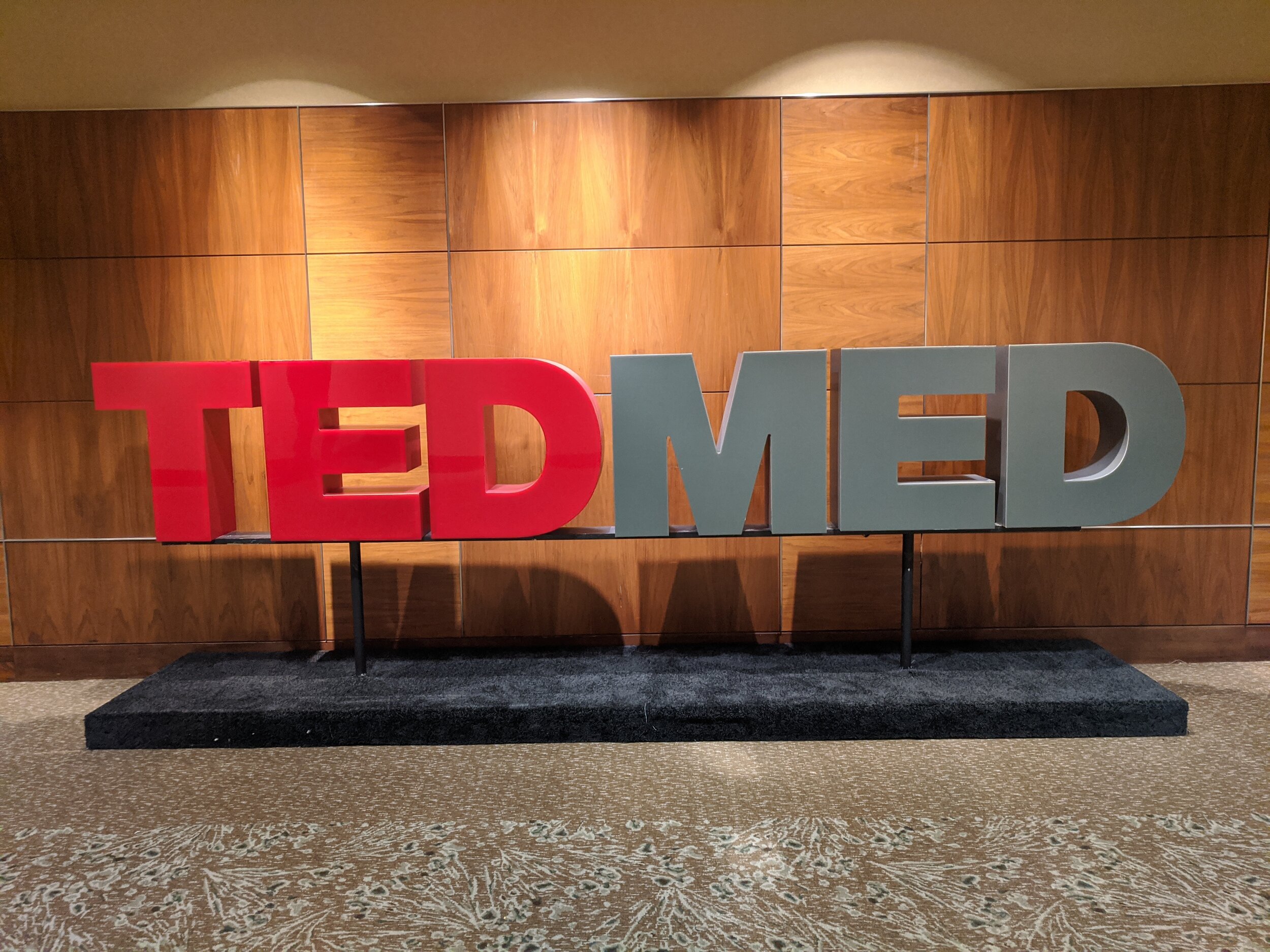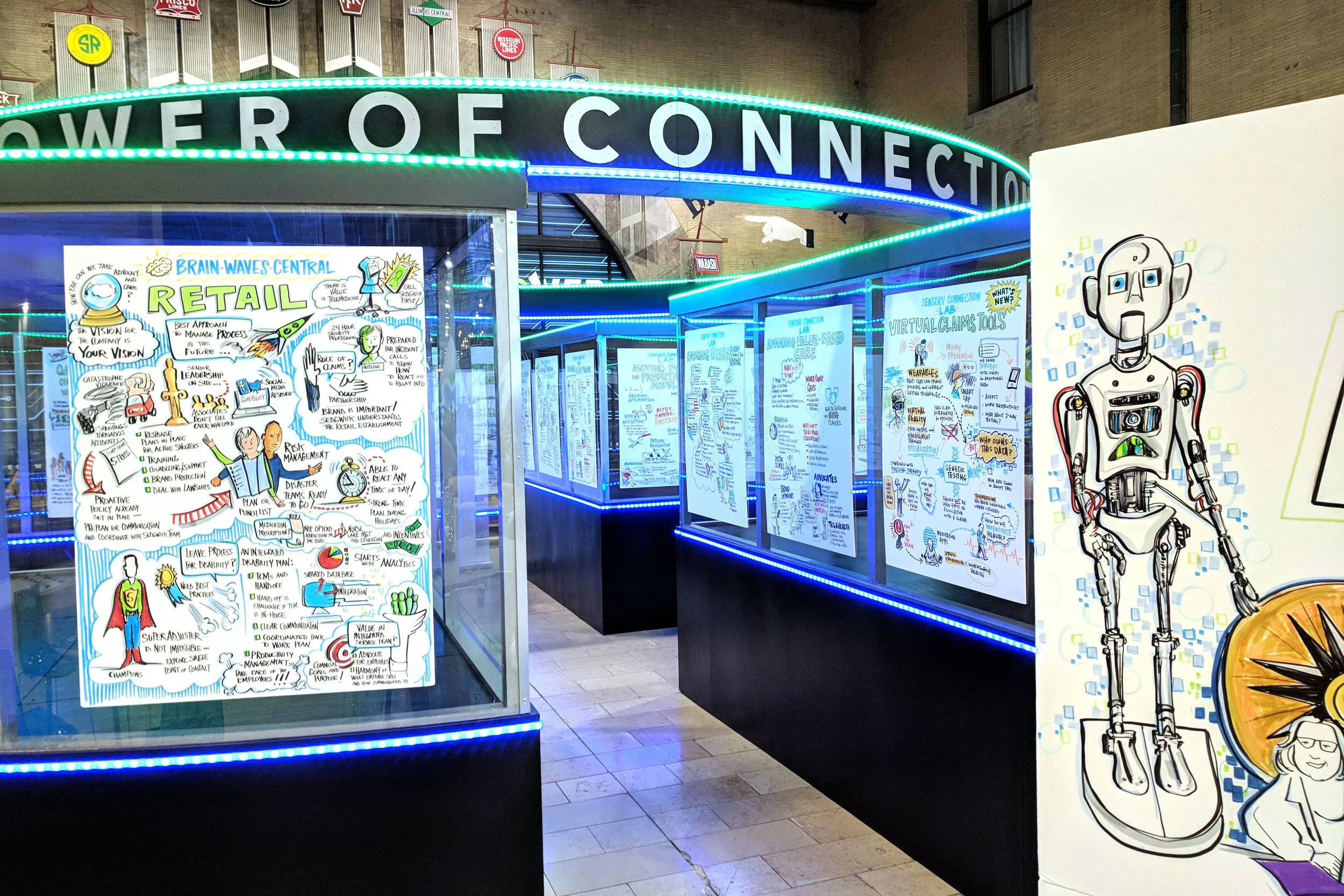Cholesterol: Friend Before Foe
/Scientific American: Cholesterol from Alphachimp Studio Inc. on Vimeo.
Text by Jeanne Garbarino. Images by Perrin Ireland. Video by Nick Navatta
Yes, when in excess, cholesterol can be very detrimental to your health and is often the culprit behind heart attacks and strokes. However, behind the seemingly dangerous exterior lies a molecule that is essential for human life.














